Robert Bissell's Animal Narrative
I thought long and hard about today's post as I wanted to endorse the message in Julie's post from last week on Lucienne Rickard with subject matter that underscores the message that we must treasure the existence of animals in our world.
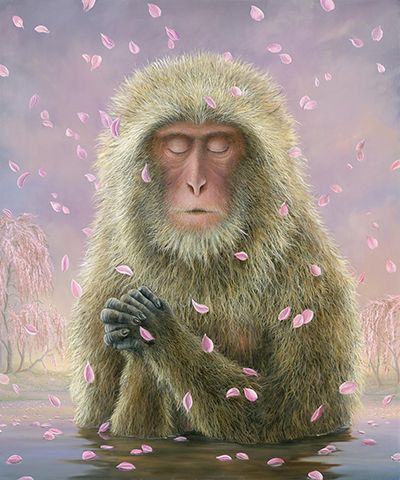
Robert Bissell grew up on a farm in Somerset, England but now lives in America. I decided to showcase some of Robert Bissell's images which focus on animals, but not in the usual way.
Robert Bissell uses animals to invite us into their world, where they are not acting as they would in the natural world, but have been transformed to demonstrate human behaviour.
Watched over by the Pastors at the Gate let's venture into Bissell's animal world.

The orgin of the word Pastor is someone who looks after the land and community. Saint Augustine's description of a pastor's job is as follows: "Disturbers are to be rebuked, the low-spirited to be encouraged, the infirm to be supported, objectors confuted, the treacherous guarded against, the unskilled taught, the lazy aroused, the contentious restrained, the haughty repressed, litigants pacified, the poor relieved, the oppressed liberated, the good approved, the evil borne with, and all are to be loved."2
As we pass by the pastors we meet BuBu which gives us confidence to go further. Owls, as we know, are wise and know what to do.
This experience might be starting to remind us of turning the pages of a childhood picture book but the narrative is far more complicated.
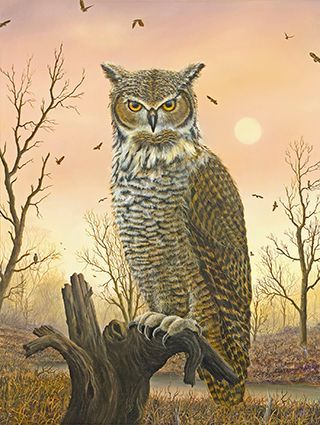
There seems to be some discussions going on amongst the bears and their friends. I wonder what we would hear if we could understand their language?
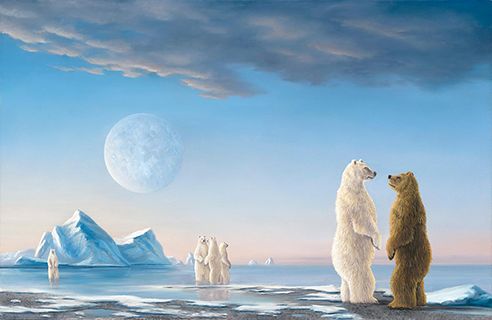
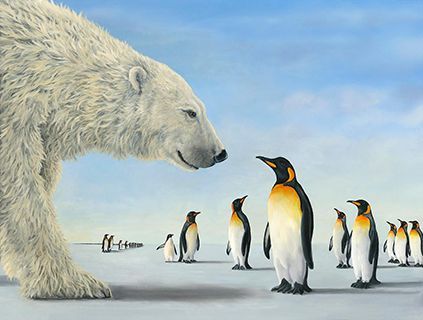
Apparently, at least according to Bissell, some humans can understand animal language. Do you think it is the human or the bear who has reached Apotheosis?
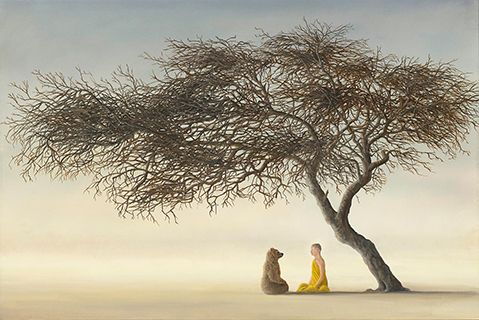
Of course, even the bears take time off to relax.
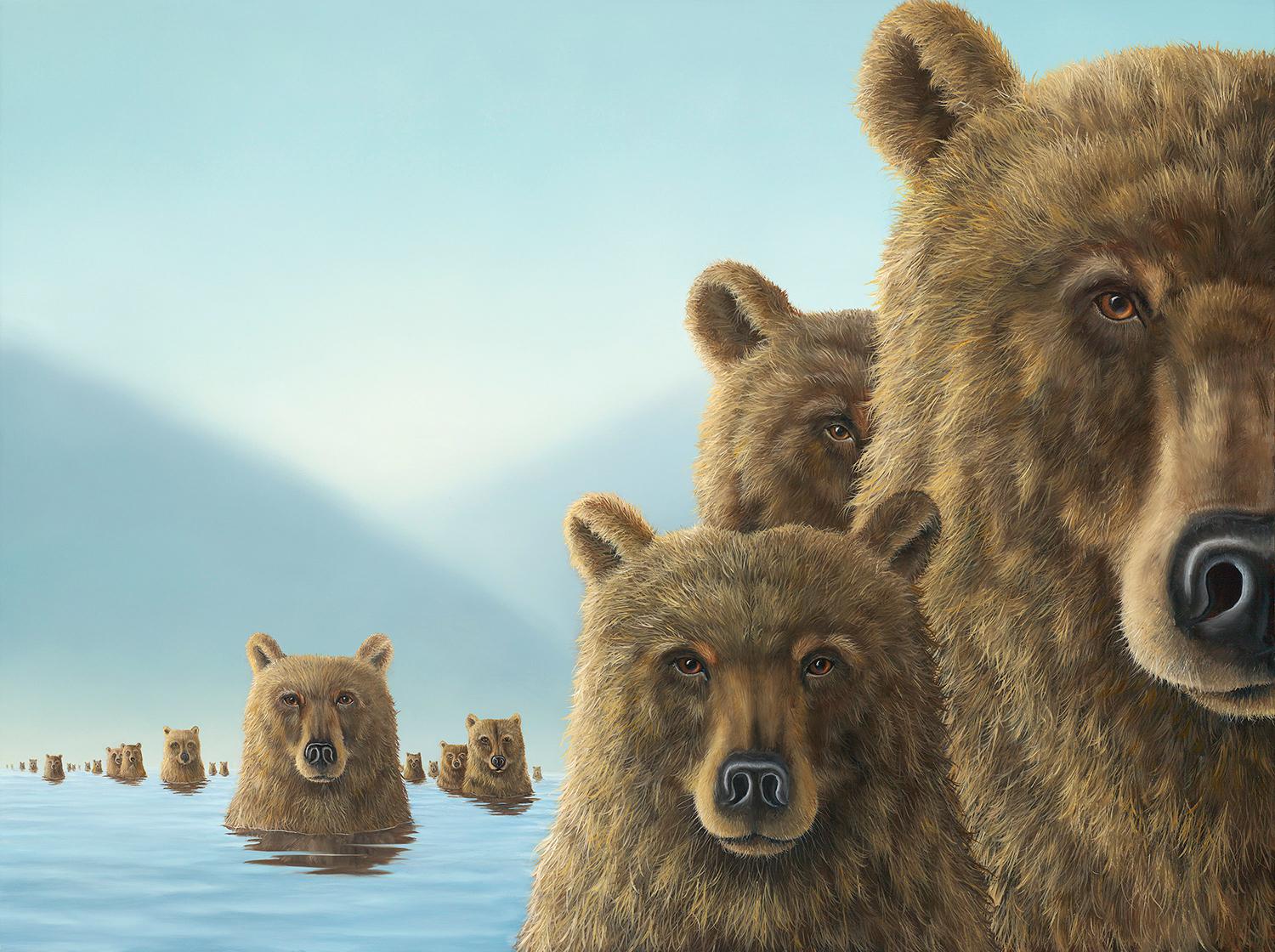
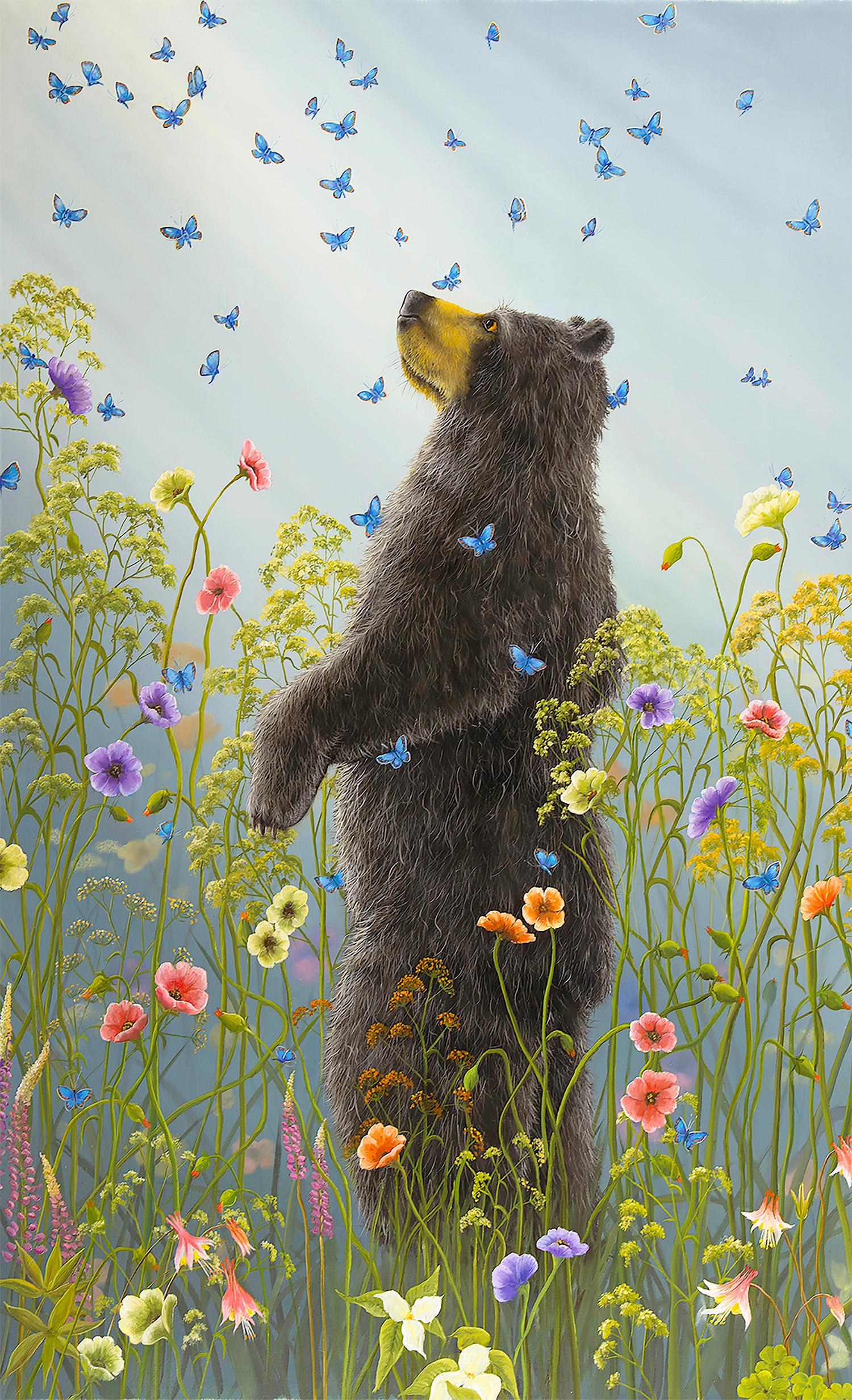
It is apparent that Bissell has great respect for animals and their place in the world. But as the animals are mirroring humans in the paintings Bissell is emphasising the we also have a venerated position.
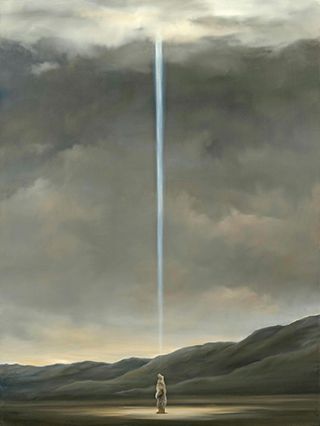
What is wonderful about the Robert Bissell images is that each of us could have a different interpretation of the narrative. Robert Bissell's images invite you, the viewer, to consider the narrative and the message contained within.
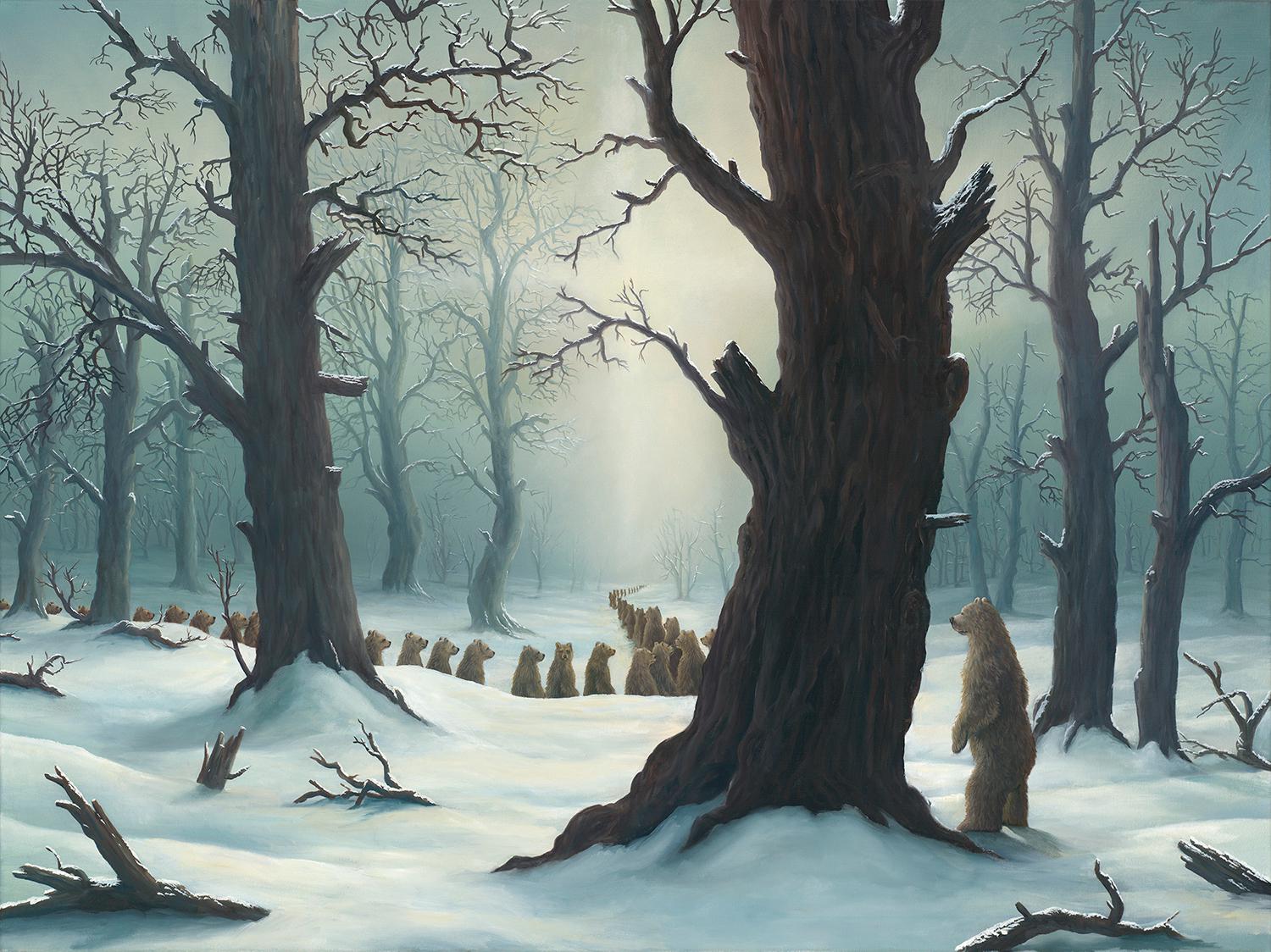
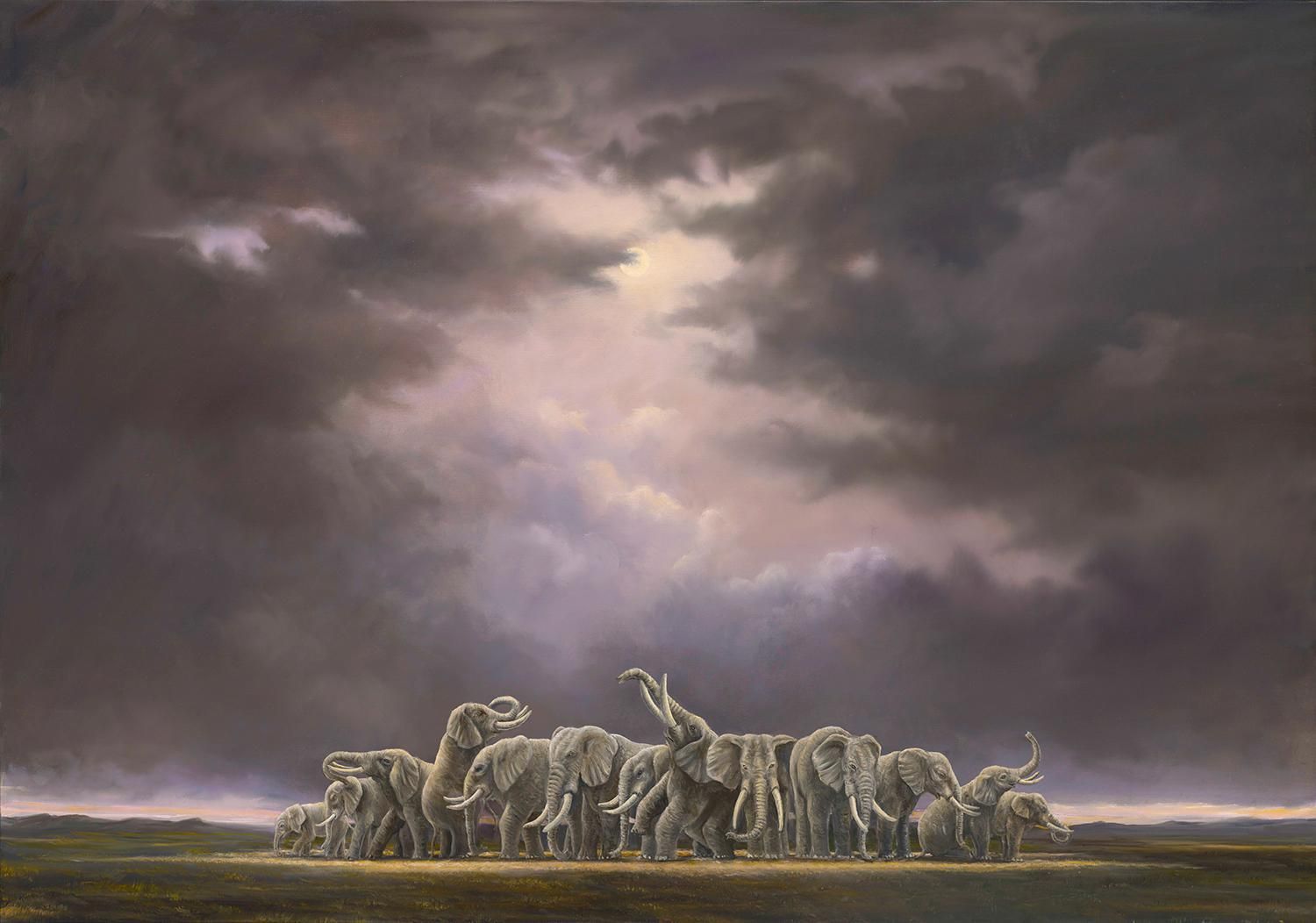
Bissell uses animal narratives in his paintings to explore what it means to be part of the natural world. Bissell’s experiences growing up deep in the countryside of southern England shaped his views from a young age on being inextricably connected to the animals and nature that surrounded him.
At first glance, Bissell’s narrative painting style may seem reminiscent of his childhood, but Bissell’s paintings are not mere children’s tales. Instead they explore zoomorphism—portraying humans as non-humans, an approach he uses to invite us as viewers to rediscover the magic in nature, and through it our own nature. His approach draws viewers further into his paintings and immerses us in the scenes, almost as if we are in the paintings alongside the animals. Bissell says that his stated intent is to “…show a world that is a mirror for self-definition. I am inviting the viewer to step inside a venerated space”.1
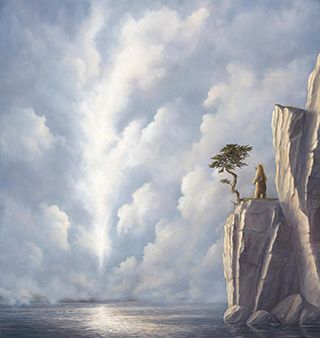
Robert Bissell developed his unique style of allegorical animal paintings in the late 1990s. In 2012 he began to create paintings directly from his landscape photography discipline. Both genres of painting reflect the human condition and its relation to the natural world.1
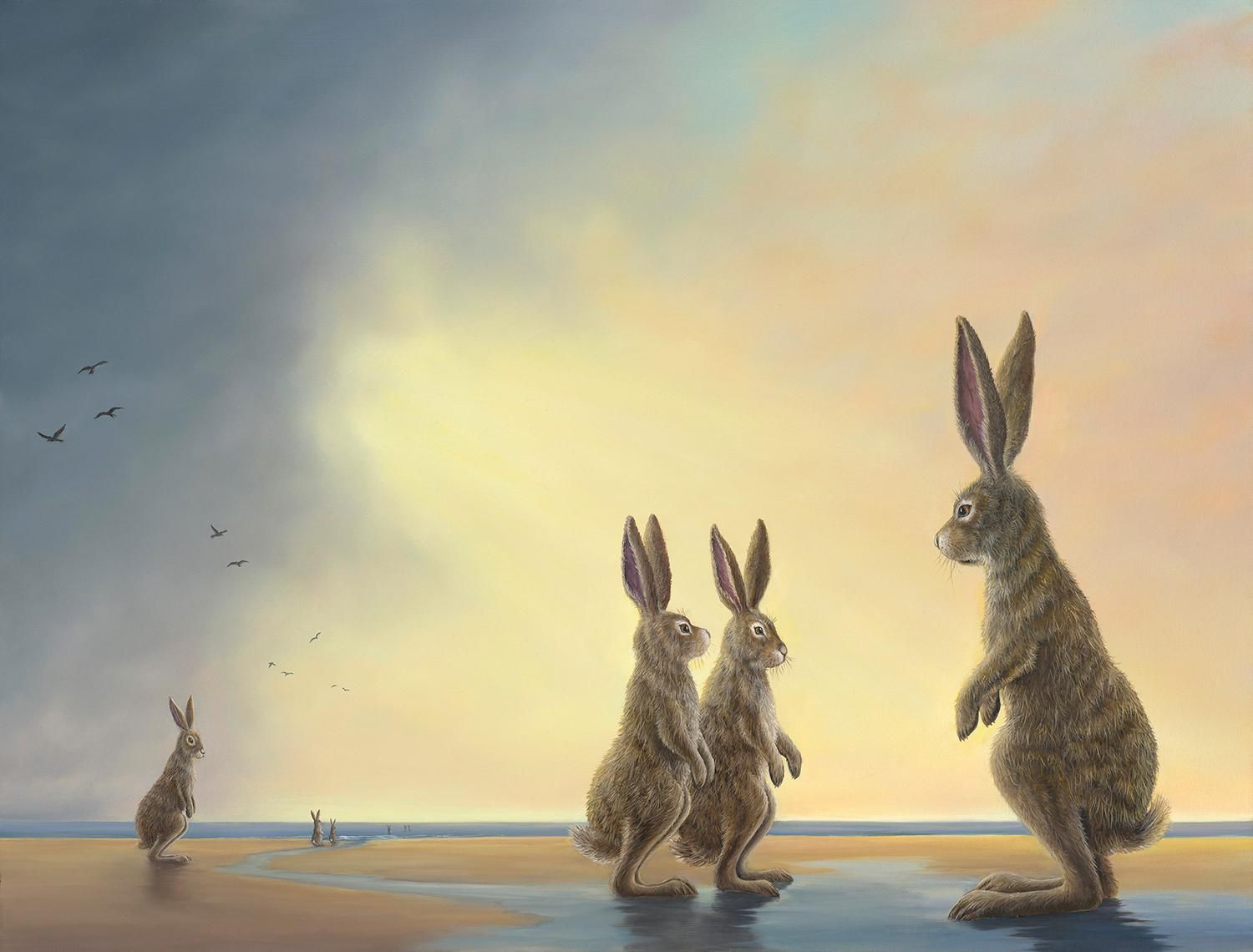
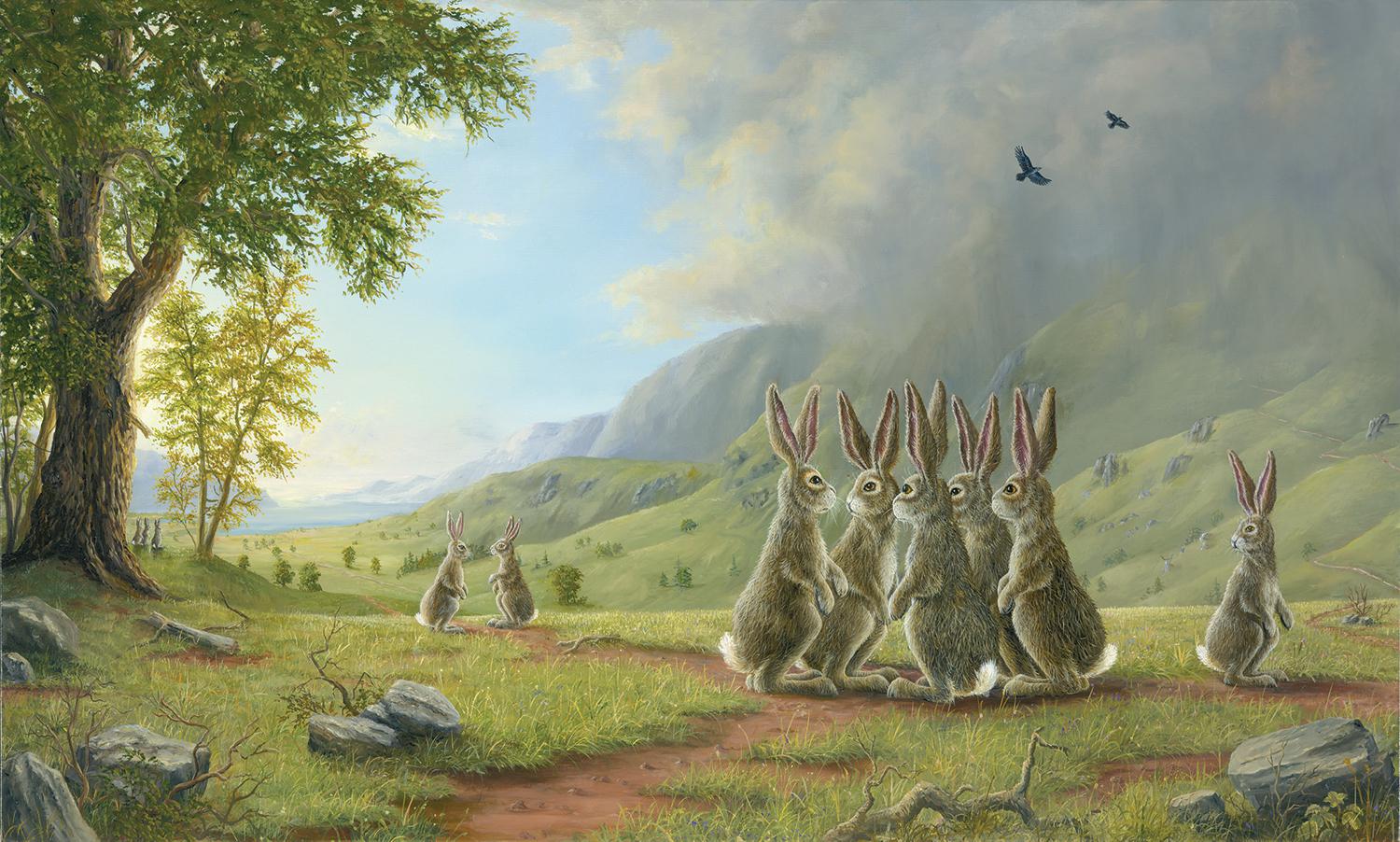
In his amazing paintings, Bissell creates and transports us to a completely different atmosphere from modern day life and invites us to learn more about ourselves. In his work, the world of animals is a mirror for human existence, self-definition and self-reflection. Yet these are not mere children’s tales. His animals have a metaphysical importance to our own spiritual well being. Lured into a realm, devoid of humans, the animal characters make us consider our own condition and place in nature. “Bissell’s work disarms by narrating vitally grown-up and urgent allegories in the guise of child-like humor,” William Zimmer, art critic from The New York Times warns. Conjuring up something simultaneously real and unreal, these images appeal to the intellectual child in all of us.
Bissell’s work is a reflection on the environment, life, death, renewal and stages of transition. His landscapes offer no familiar frame or reference. The viewer can wander freely into the scene and consider it according to their own sensibility. These are not romantic landscapes in the traditional sense. Rather, they allow an experience of the sublime, not from what may be, but from what it is.
Robert Bissell believes his work is successful when it takes someone’s breath away, even for a second. It brings them out of themselves to a place of different awareness, somewhere quiet and beautiful.3
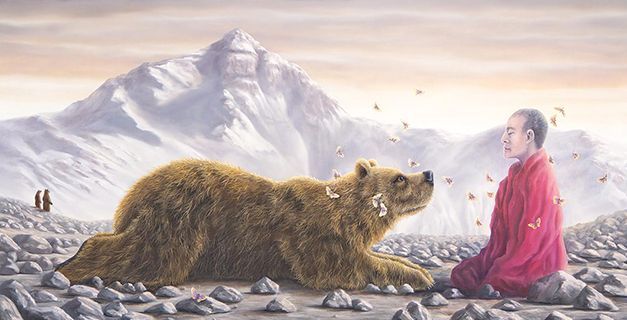
We have looked at works by Robert Bissell in past posts. Please follow the links below to see more of his wonderful paintings.


Further to this you might like to spend a little time checking out the website of Robert Bissell. The bookmark link is given below.
Credit
- robertbissell.com
- borsini-burr.com
- exposuresfineart.com

